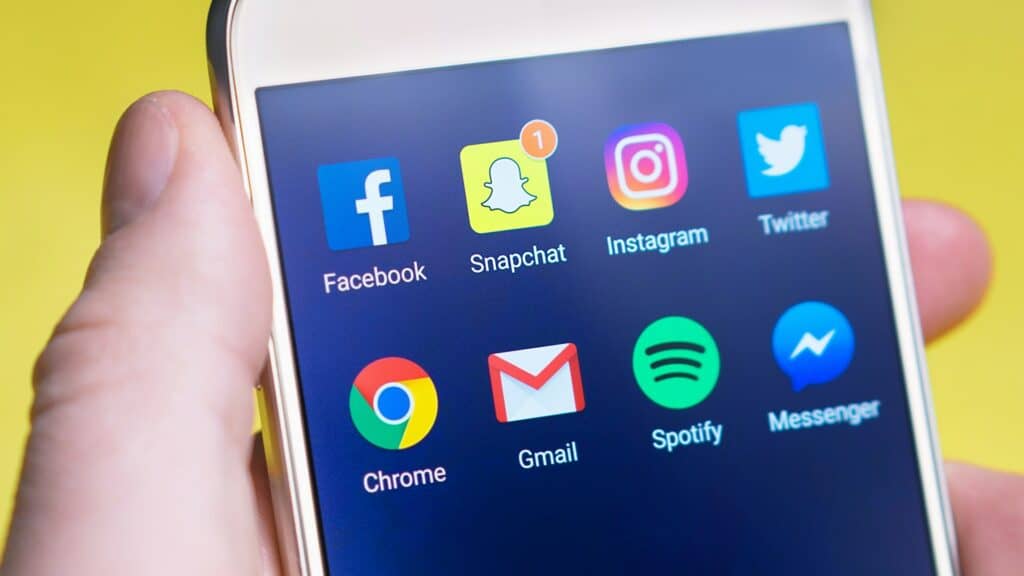If you’re thinking about adding paid traffic to your marketing efforts, it’s important to understand how it will benefit your business and how you can use it in the best way possible. However, there are many different kinds of paid traffic, so it can be hard to know where to start. This guide will help you navigate the world of paid traffic and pick the right types of ads and methods to ensure that your money makes an impact on your bottom line!
How will you track your ROI
One of the most important things that every digital marketer must keep track of is their return on investment (ROI). Tracking your ROI means tracking how much money you are spending on ads and comparing it with how much revenue those ads generate. If your ROI is positive, then you’re making a profit and if it’s negative, then you’re losing money. Calculating your ROI isn’t as simple as dividing revenue by cost. There are many factors that go into calculating an accurate ROI for any campaign, including: cost per click; conversion rate; average order value; lifetime customer value; etc. While some of these metrics can be tracked in real-time through ad platforms like Facebook Ads or Google AdWords, others will require historical data from your business analytics software or accounting system to calculate accurately. It’s also worth noting that there are different types of paid traffic campaigns such as PPC, social media advertising, affiliate marketing, email marketing and more. Each type of paid traffic has its own unique metrics and calculation methods so make sure you understand what they all mean before trying to track your ROI.

How much will it cost you
How much money you’ll spend on your paid traffic depends on a lot of factors, such as: ・The industry you’re in ・Whether or not you have any prior experience with paid traffic ・The budget you’ve allocated for your marketing campaign If a company is just starting out, they may invest thousands of dollars a month to generate leads. On the other hand, businesses with an established reputation and large budgets will often spend thousands every day. Paid traffic can cost $0.01 per click if you choose to use Google AdWords, but it can also be far more expensive depending on what you’re trying to accomplish. This means that there are no hard-and-fast rules when it comes to setting your budget; however, there are some general guidelines that can help you figure out how much money you should allocate for paid traffic. For example, if you know that one customer is worth $1,000 over their lifetime (i.e., they make 10 purchases over 10 years), then you might be willing to pay up to $10 for each new lead. However, if each customer only generates a profit of $500 over their lifetime (i.e., they make five purchases over five years), then you might only want to pay around $2 per lead—which could drastically lower your overall costs while still generating high-quality leads.
Where should you start
Paid traffic can be a difficult concept to understand and get your head around when you first begin in online marketing. With so many different marketing strategies and techniques available, where should you start? Paid traffic can certainly be a great way to get started in growing your business, but before starting out there are a few questions you need to ask yourself. Why do I want paid traffic? What will it achieve for me? How will I measure success? What type of paid advertising is best for my campaign? These are just some of the questions that we’ll answer in today’s post. Let’s dive right in! In addition to being an effective form of advertising, paid traffic has some other benefits which are worth knowing about:
It helps in building your email list. If you’re going to spend money on any form of marketing then your main focus should always be building an email list. When you create content that people love and tell them about it on social media or through email, they will trust you more as a brand.

Should you build an email list before getting started
There are plenty of successful businesses that have built an audience without a list, but building one is not only an important part of your business, it’s also critical for generating traffic and growing your business. An email list can serve as an asset for you and your business for many years to come. If you haven’t started your email list yet, these tips will help you get started in no time! 1. Start with just your name & email address If you’re brand new to email marketing, don’t worry about collecting any other information from subscribers when they sign up (at least at first). Even if people want more info about what you do or how they can support you down the road, start by collecting just their name and email address so that when they do decide to join in on something, they’re more likely to actually see it. 2. Make it easy to subscribe The best way to grow your list quickly is through word-of-mouth. But if there’s anything that slows word-of-mouth growth, it’s making it difficult for people to share your content or subscribe to your emails. Make sure there are links within each piece of content you publish where readers can easily share them on social media platforms like Facebook and Twitter, as well as links where they can subscribe via email.
Where else can you start getting visitors for free
Where else can you find visitors? Sure, Facebook and Twitter are good places to start when you’re trying to get attention online—but they’re far from your only options. Here are a few more worth checking out. Some of these have paid versions (so make sure you know what that means before getting started), but if you want to try them for free, it’s easy enough to do so. Each one is fairly unique in its own way; even if you don’t like one of them, there may be another that clicks with your content or business model better than any of these examples. Make sure to explore around and see what works best for you!

How much does social media traffic pay compared to Facebook ads, Google Ads, Pinterest ads etc.
The problem is, once you’re getting thousands of visitors per month, those free social media sites aren’t going to cut it anymore. For one thing, they don’t pay much money. It’s not a bad idea to continue getting traffic from social media, but it will only generate pennies on the dollar compared to what paid traffic can do for you. Here are some general numbers from my own experience
Do not be fooled by network marketing
Some people mistakenly believe that network marketing is a fast way to get rich. While you can quickly make a fortune in network marketing, most people find they’re not able to live off their income and eventually drop out of their business altogether. Network marketing can be lucrative, but only if you treat it as a full-time career. If your goal is financial independence through network marketing, focus on doing what’s required every day and providing value for your customers. It’s better for everyone that way!

